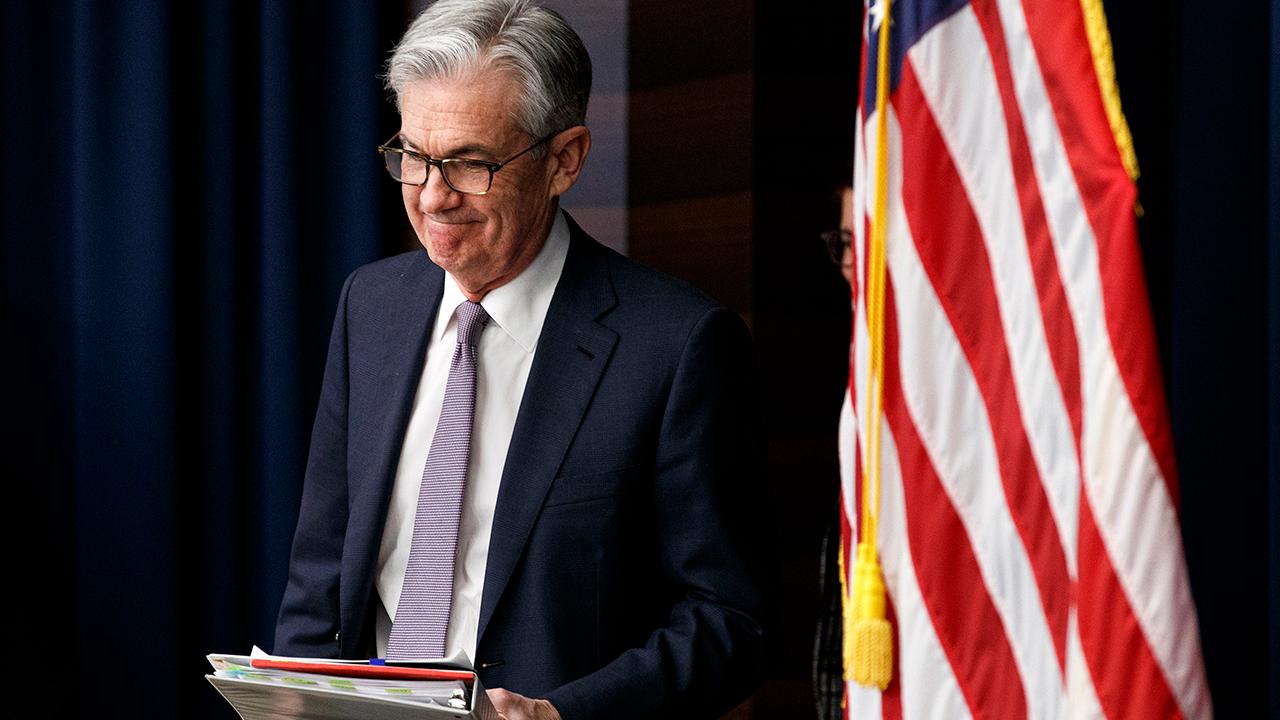Will Trump punish Fed’s Powell in 2020 for interest-rate policy?
The central bank enters 2020 directly at odds with President Trump's agenda
Federal Reserve Chairman Jerome Powell, at the central bank’s last meeting of the decade, set himself up for a potential showdown with President Trump in 2020.
During the Fed’s two-day meeting in December, policymakers unanimously voted to hold interest rates steady, signaling they wouldn’t move the benchmark federal funds rate again until 2021. In making the decision, the Federal Open Market Committee cited the “sustained expansion of economic activity, strong labor market conditions, and inflation near the Committee’s symmetric 2 percent objective.”
That decision, however, places the central bank directly at odds with Trump, who’s hedging his 2020 reelection chances on a solid U.S. economy. Trump has repeatedly lashed out at the Fed, and Powell, over the course of the year for raising interest rates too high, too quickly.
"I wouldn't say this White House is known for restraint"
And if the economy continues to improve, and unemployment -- already at a half-century low, at 3.5 percent -- declines further, the Fed may be forced to raise rates to stave off inflation, possibly bringing about new backlash from Trump.
GET FOX BUSINESS ON THE GO BY CLICKING HERE
“I wouldn’t say that this White House is known for restraint, we all know that,” Josh Wright, iCIMS chief economist, told FOX Business. “They may feel very confident about what’s going on in the economy.”
Federal Reserve Chair Jerome Powell arrives to speaks at a news conference after the Federal Open Market Committee meeting, Wednesday, Dec. 11, 2019, in Washington. (AP Photo/Jacquelyn Martin)
So far this year, the Fed has made three minor interest rate cuts, part of what Powell described as a “mid-cycle adjustment.” Instead of placating Trump, however, the cuts seemed to stoke his ire: In July, when officials cut rates for the first time in a decade, the president belittled the decision, saying “as usual, Powell let us down.”
Still, in the months since then, as the economy has remained insulated from a growth slowdown that’s seeped through most of the world, a ceasefire between Trump and Powell seems to have taken hold. Even though Trump has tried to pressure “bonehead” Powell to cut rates to zero -- or even usher in negative rates -- the president did not react to the Fed’s December meeting, despite trying to pressure officials earlier in the month to further cut rates.
In fact, in December, Trump tweeted just three times about the Fed, according to TrumpTwitterArchive, a privately maintained website that tracks the president’s Twitter history, and only twice in November. Comparatively, in August, he tweeted about the central bank at least 25 times.
WHERE ARE ALL OF THE JOBS? THESE SECTORS HIRED THE MOST IN NOVEMBER
Powell said as long as the economic outlook, including the strong labor market and solid consumer spending, remain unchanged, policymakers believe the current stance of monetary policy will remain appropriate. Interest rates are currently at a range between 1.5 percent and 1.75 percent.
Although the Fed voted in December 2018 to tighten monetary policy, it essentially backtracked that decision in July when it cut rates for the first time since the financial crisis after a surprisingly rocky summer. Since then, however, the markets have regularly notched fresh records, soothing recession jitters brought on in part by the U.S.-China trade war.
“He is more likely to lash out when stock prices are going down,” Vincent Reinhart, a former senior Fed staffer who is now chief economist at Mellon, told Reuters.

